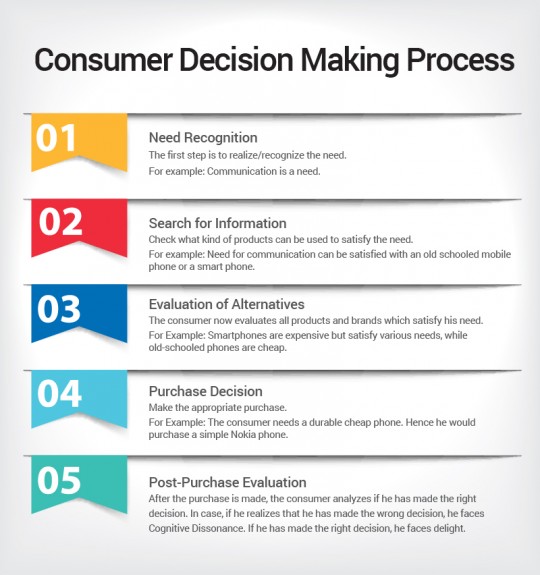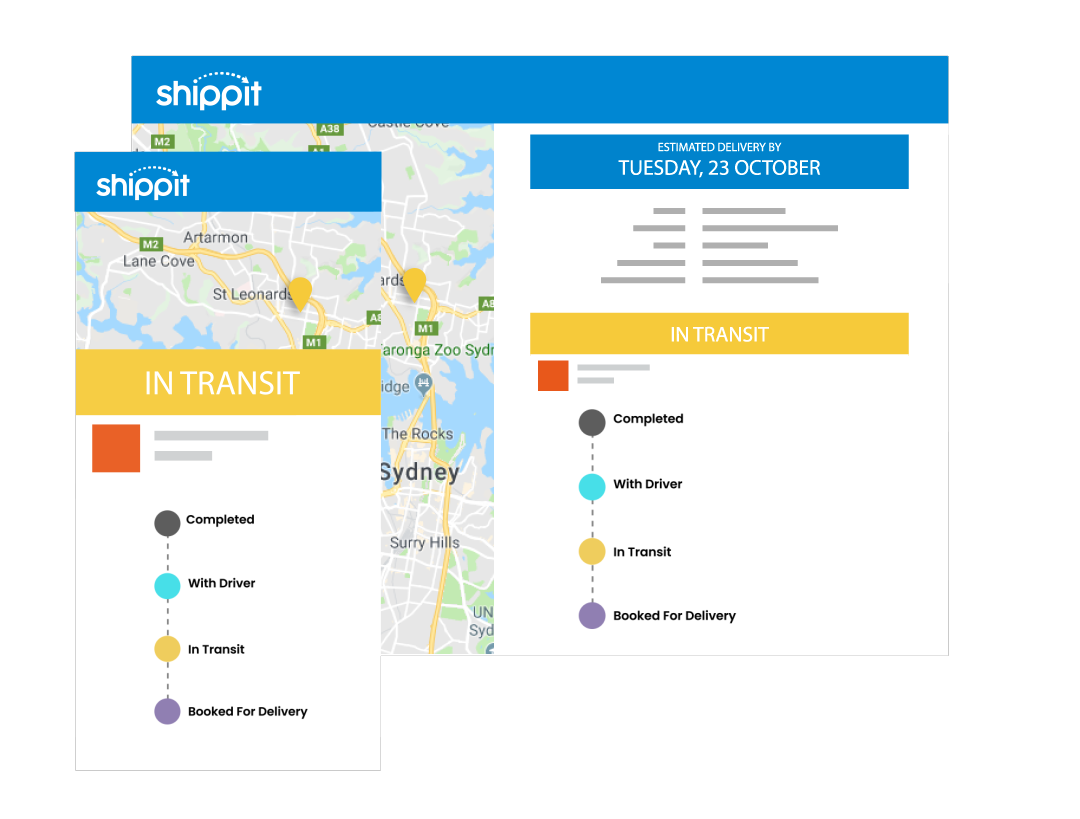The never-ending effort to win conversions can be exhausting, but it’s only half the struggle. The fact is – new online shoppers are only half as likely as returning customers to add an item to their cart. That means your real challenge is in driving the elusive second purchase. Repeat customers are eCommerce godsends: they’ve already put their money where their interest is. They’ve also demonstrated a willingness to spend money and a familiarity with your brand. With stats showing that over 40 per cent of revenue comes from existing customers, there’s a lot to gain from nurturing first-time buyers into repeat purchasers. Here are some retention basics.
Emotional vs Rational eCommerce
When it comes to defining your customer relationships, there are generally two types: transactional and emotional. While transactional relationships are usually more driven by price and speed, emotional customers tend to prioritise the overall shopping experience.

Infographic from Visually.
Based on Shopify’s research, the key to keeping customers coming back is ‘Emotional eCommerce.’ By shifting the priority away from transactional to emotional relationships, online stores see an upswing in repeat purchases by 80% and retention by 58%. The numbers have it – to keep customers coming back, you need to build customer experiences that amplify the connection between your brand and your audience. Connection breeds engagement, which in turn, encourages customers to follow you on social media, refer your brand to friends and family or fill out a product or service review.
Sustainable Strategies
Whether you’re a fresh face at the eCommerce table or a long-time player, you’ll be familiar with the never-ending battle to win conversions and keep them converting. While your ingrained go-to may be to tempt with discounts, after a while, this formula can cost you and invite the wrong type of customers. The number one rule in regards to retention is that your strategies need to be sustainable; here are some starting points that can help you achieve continuity:
Loyalty Program
These days, there’s a rewards program for just about everything. In an environment of incentive overload, we’re getting a little more ruthless with the ‘unsubscribe’ button. To create a loyalty program that sticks, make it easy to join, as well as legitimately beneficial. Once your customers are engaged, you’ll be able to collect more relevant demographic data about their shopping behaviours and personalise the way you incentivise them.
Customer Experience
When it comes to curating your customers’ experience – always over deliver. If a first-time customer has a second-rate experience, chances are, they’re not coming back. With so many moving parts to an online business, hiccups are unavoidable – it’s how you handle them that matters. Take the opportunity to turn a disappointment into a delight by offering a personalised solution to the problem. You can also read about turning customer complaints into a loyalty driver in our previous post.

Trust and Loyalty
Fact: everyone wants to be appreciated. We all know relationships build loyalty, and loyalty builds brand evangelists. Always take the time to segment your database and reward your top customers with a personalised ‘thank you’ or invitation to exclusive offers and feedback. Loyalty can be infectious, so consider giving them an offer they can share with a friend.
Rapid Fulfilment
Our research shows that 38% of customers won’t come back if they’ve had a negative delivery experience. With the majority of retailers relying on couriers and distribution networks, there’s a lot at stake. It pays to invest in streamlining shipping and using tools to turn it into a competitive advantage.

Ship Shape Shipping
Sites like Amazon and ASOS have set the trend for free and fast shipping. Having become a customer expectation, free shipping and free returns are the two most significant influencers of repeat purchases. So, if you’re offering free shipping but not free returns, you’re not going to exceed your customers’ expectations. It’s a law of averages – yes the upfront costs of free return shipping might clash with your good business gumption, but the fact is, if your customers are content with your refund policy, they’re more likely buy from you more frequently.
If you’re struggling to figure out the free returns puzzle, Shippit has a great returns solution to help you take control of your return shipping costs.
The Wrap Up
The reality is, acquiring and converting a new online customer will cost you around five times more than convincing an existing customer to come back. With digital marketers so focused on acquiring new customers, loyalty programs are ignored and businesses lose revenue and engagement.
With 84% of shoppers trusting recommendations from friends or family, engaging your existing customer has boundless benefits.

